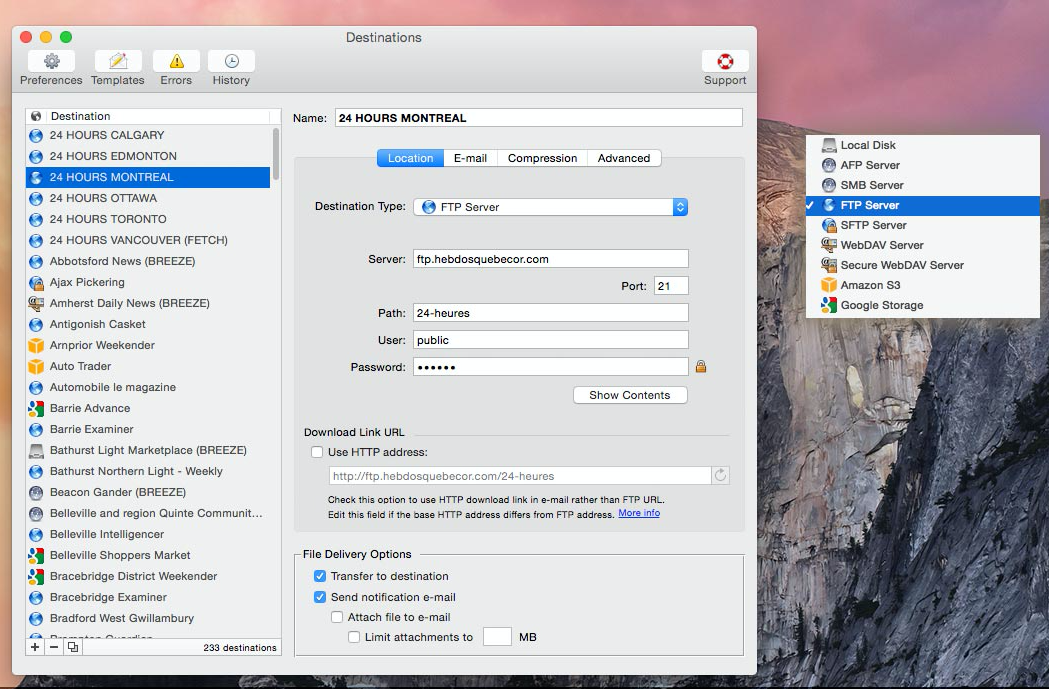Apple has posted a listing (http://macte.ch/anDEC) for a new full-time vacancy in the role of “Thunderbolt Software Quality Engineer” with specific experience writing tools for and testing firmware and software, “who will be part of the team to drive the software quality and integration for an exceptional customer experience.”
The SW QA role in this position includes creating tools to assist in validating software and firmware tests, building automated suites, hands-on functional testing, bug reporting/regression, maintaining test guidelines, and project QA status reporting.
“The candidate is responsible for qualifying cutting edge Thunderbolt firmware and software, requiring expertise in testing high speed buses and PCIe devices,” says Apple. “The team is the key part in driving Thunderbolt software quality, involving new HW and SW, working with creative, smart people, world-class products and cutting edge technologies.”
Thunderbolt is a new high-speed computer connection technology that brings together high-speed data transfer and high-definition (HD) display on to a single cable. And it’s already appearing on Macs — in the revamped MacBook Pro line announced in February.
Running at 10Gbps, Thunderbolt technology can transfer a full-length HD movie in less than 30 seconds, according to Mooly Eden, general manager, PC Client Group, Intel. This Intel-developed technology is coming to market through a technical collaboration with Apple.
The vision for Thunderbolt technology (formerly codenamed “Light Peak”) is to move media faster, simplify connections between devices, and foster new and exciting ways to build and use computers, says Eden. Combining high-speed data and HD video connections together onto a single cable is instrumental to achieving that vision. Thunderbolt technology delivers this via two communications methods, or protocols — PCI Express for data transfer and DisplayPort for displays.
PCI Express has the flexibility to connect to almost any type of device, and DisplayPort can drive greater than 1080p resolution displays and up to eight channels of audio simultaneously. Thunderbolt technology is compatible with existing DisplayPort displays and adapters. All Thunderbolt technology devices share a common connector, and let individuals simply daisy-chain their devices one after another, connected by electrical or optical cables.
Thunderbolt technology is designed to meet the demands of serious HD media creators, says Eden For example, videographers can unleash their creativity using high-bandwidth audio and video capture/mixing devices, and get both low latency and highly-accurate time synchronization for real-time processing.
At 10Gbps, larger media files are transferred faster so there’s less time spent waiting to watch and edit videos, says Eden.. Data can be backed up and restored quicker, so there’s less waiting for archived content. For mobile computer users, it means having a single connector on their ultra-thin laptop that extends their high-speed media and HD display capabilities at home or in the office. Thunderbolt technology is complementary to other I/O technologies that Intel continues to support.
Thunderbolt technology is powered by an Intel controller chip, and uses a small connector suitable for mobile devices that will be included in products supporting the technology. Several innovative companies have announced Thunderbolt technology-based products, or currently plan to support Thunderbolt technology in upcoming products, including Aja, Apogee, Avid, Blackmagic, LaCie, Promise, and Western Digital. Eden says Intel is working with the industry on a range of Thunderbolt technology-enabled products including computers, displays, storage devices, audio/video devices, cameras, docking stations and more.
— Dennis Sellers





